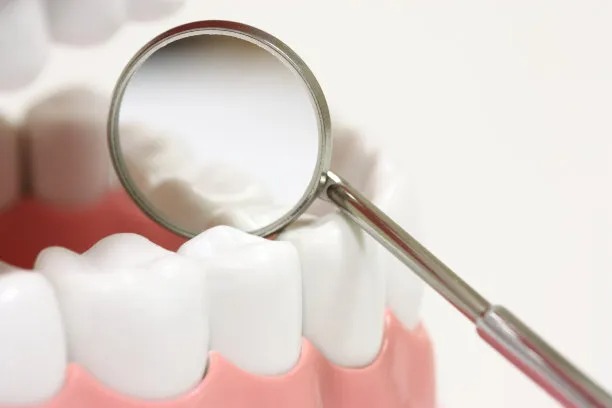The Essential Guide to Safely Extracting a Tooth at Home and Understanding Aftercare Steps
Summary: Tooth extraction is a common necessity, but doing it at home requires caution and knowledge to ensure safety. This essential guide outlines a step-by-step process for safely extracting a tooth at home while highlighting the importance of aftercare. From preparing the necessary tools and understanding the right techniques to managing pain and promoting healing, this guide equips readers with crucial information. By following these procedures, one can minimize complications and foster a smooth recovery. Remember, while this guide provides useful insights, consulting a dental professional for persistent issues is always advisable for overall oral health.
1. Preparing for Home Tooth Extraction

Before you attempt to extract a tooth at home, its critical to prepare adequately. Gather the necessary tools first: sterile gloves, dental floss, gauze, and an over-the-counter anesthetic can help manage pain. Ensure that your extraction site is clean to prevent infection. Wash your hands thoroughly and wear gloves to maintain hygiene throughout the process.
Next, assess the tooth that needs removal. If the tooth is loose or decayed, it may be easier to extract. If it’s still firmly rooted, extraction at home may pose risks, so consider seeking professional help instead. Understanding the condition of the tooth is vital to prevent complications that could arise from improper techniques.
Finally, create a comfortable environment. Choose a well-lit and calm space where you can focus on the extraction without distractions. Having someone to assist and support you during this process can also help alleviate any anxiety you might have.
2. Safe Tooth Extraction Techniques
Tooth extraction should be approached carefully to minimize discomfort and complications. Start by numbing the area with dental anesthetic. Following the guidelines on how to apply it will help reduce pain significantly during the extraction process, making the experience more bearable.
Once you are ready, use gentle rocking motions to loosen the tooth. This rocking technique needs patience; try not to pull or force the tooth out rapidly, as this can cause undue stress to the surrounding gums and jaw. If the tooth does not come out easily, take a break and reassess the situation rather than forcing it.
After successfully extracting the tooth, have gauze handy to control any bleeding. Place the gauze where the tooth was, and bite down gently to facilitate clotting. Monitoring for excessive bleeding is essential, as prolonged hemorrhage may require medical attention. If bleeding doesnt subside after 30 minutes, seek professional help immediately.
3. Managing Pain and Complications
Post-extraction pain management is as important as the extraction itself. Until the anesthetic wears off, your mouth might be numb. However, once feeling returns, over-the-counter pain relief medication could prove beneficial. Ibuprofen or acetaminophen can effectively manage discomfort but remember to follow the recommended dosage as indicated on the packaging.
Occasionally, complications can arise, such as infection or dry socket. If you notice increased swelling, pus, or persistent pain, consult a dental professional. Dry socket usually occurs when the blood clot dislodges, exposing the bone underneath. This condition can be painful and require further treatment to manage.
Additionally, keeping your head elevated may reduce swelling and discomfort. Applying a cold pack to the outside of the face can also help ease inflammation. Its important to follow these steps diligently to enhance your recovery and minimize any adverse effects.
4. Post-Extraction Aftercare Tips
Post-extraction care is crucial in ensuring that healing occurs smoothly. For the first 24 hours after extraction, limit physical activity and avoid spitting or sucking on straws, as this can dislocate the blood clot and lead to dry socket. Gentle rinsing of your mouth with warm salt water can help keep the extraction site clean without disturb the area.
For the subsequent days, maintain a soft food diet while avoiding hard or crunchy foods that may irritate the extraction site. Foods like yogurt, applesauce, and broths are excellent choices during this recovery period. Staying hydrated and avoiding carbonated beverages is also advisable to facilitate healing.
Finally, continue monitoring the extraction site for any signs of infection, such as swelling or fever. If any unusual symptoms arise, do not hesitate to contact your dentist. Proper aftercare is essential to a full and speedy recovery, reinforcing the importance of vigilance during this period.
Summary:
In conclusion, while tooth extraction at home can be executed safely, it requires significant caution and care. Adequate preparation, employing safe extraction techniques, managing pain effectively, and adhering to aftercare protocols will optimize healing and minimize complications. Always remember that professional dental assistance is the best option for persistent tooth problems.
This article is compiled by Vickong Dental and the content is for reference only.



